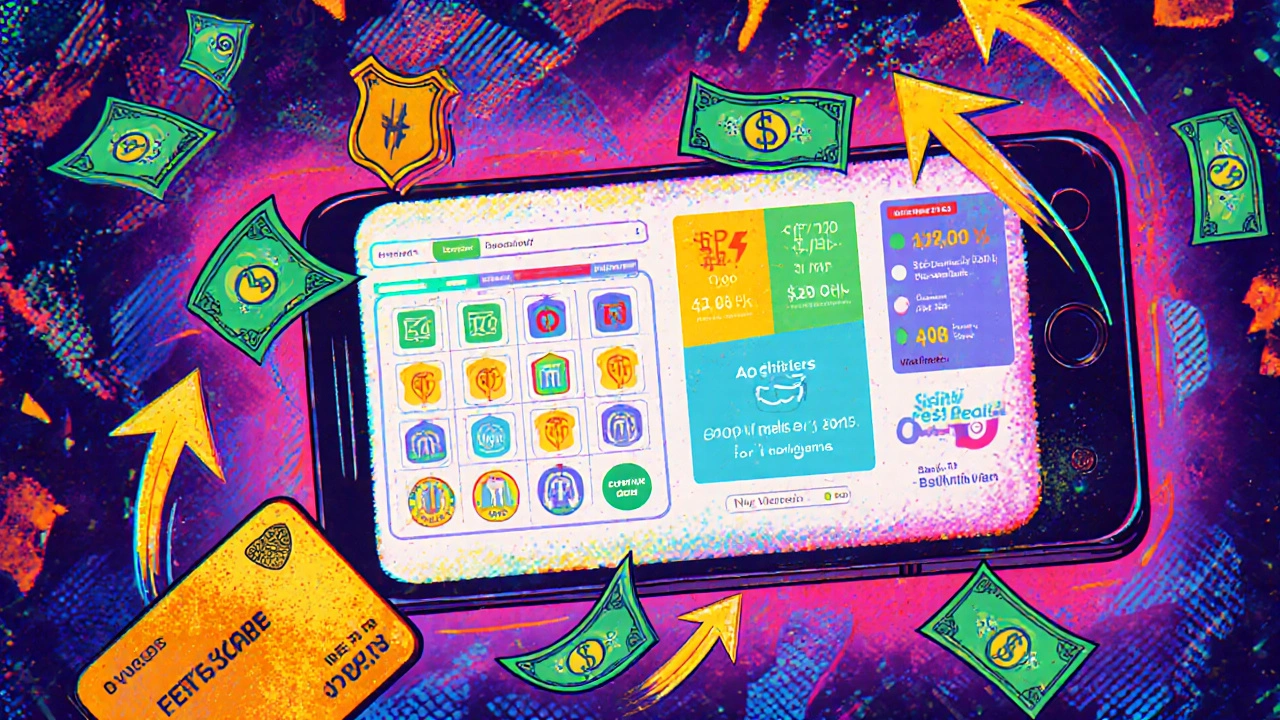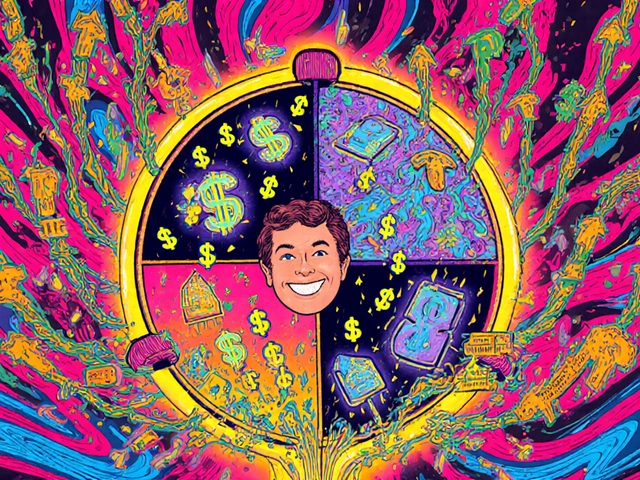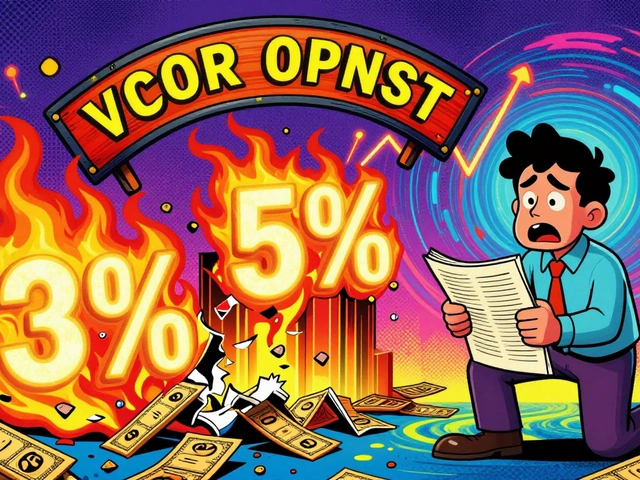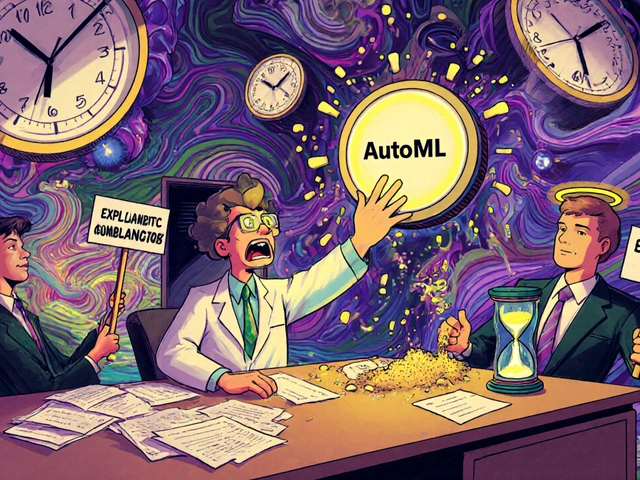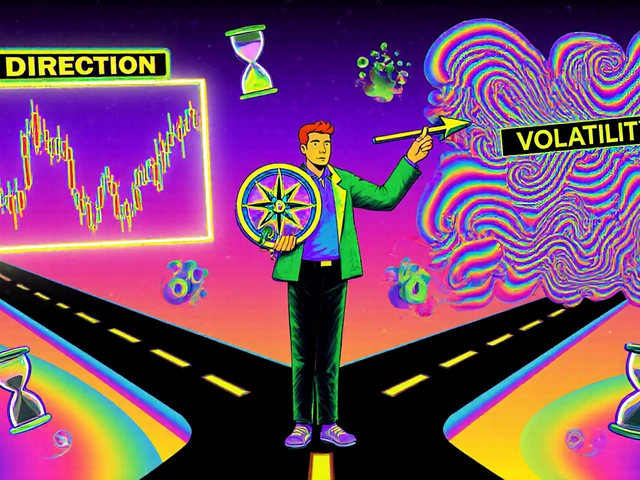High-Yield Cash Account: What It Is and How It Beats Regular Savings
When you think of a high-yield cash account, a savings account that pays significantly more interest than traditional banks, often offered by online financial institutions. Also known as high-yield savings account, it’s the simplest way to make your cash work harder without touching your investments. If your money’s sitting in a regular bank earning 0.01% interest, you’re losing money to inflation. A high-yield cash account can pay 4% to 5% right now—ten to fifty times more. That’s not magic. It’s just how online banks operate: lower overhead, no branches, and they pass the savings to you.
What makes these accounts different isn’t just the rate. They’re still FDIC insurance, federal protection that covers up to $250,000 per depositor per bank. Also known as federal deposit insurance, it means your money is as safe as it is in your local bank, but it grows faster. You’re not taking on stock market risk. You’re not locking your money away for years. You can withdraw anytime, no penalties. That’s why they’re popular for emergency funds, down payments, or cash you want to keep liquid but growing. They’re not for long-term wealth building—but they’re perfect for money you need to keep safe and accessible.
Not all high-yield cash accounts are created equal. Some require minimum deposits, others charge fees if you drop below a balance. Some pay interest daily, others monthly. A few even link to debit cards so you can spend directly from the account. The best ones come from online-only banks like Ally, Marcus, or Discover—not big brick-and-mortar names. Why? Because they don’t have thousands of branches to fund. Their entire business model is built around offering better rates to attract deposits.
Interest rates change with the Federal Reserve, so today’s 4.75% might drop to 4.25% next year. But even then, it’s still far better than 0.05%. That’s why people who use these accounts check rates every few months and move money if needed. It’s not hard. Transfers between banks take just a few days. And if you’re using one for your emergency fund, you’re already ahead of 80% of Americans who keep their safety net in a low-interest account.
These accounts also work well alongside other tools you might already use. If you’re automating investments with a robo-advisor, a high-yield cash account is where you park cash before it’s invested. If you’re saving for a car or vacation, it’s the place to grow that money without risk. And if you’re doing a backdoor Roth IRA or managing taxable accounts, this is where you hold the cash you’re waiting to deploy.
There’s no reason to keep your cash earning next to nothing. A high-yield cash account is the easiest upgrade you can make to your financial setup. You don’t need to be an investor. You don’t need to understand bonds or ETFs. You just need to know where to look—and what to avoid. Below, you’ll find real comparisons, hidden fees to watch for, and tips to get the most out of your cash without lifting a finger.
